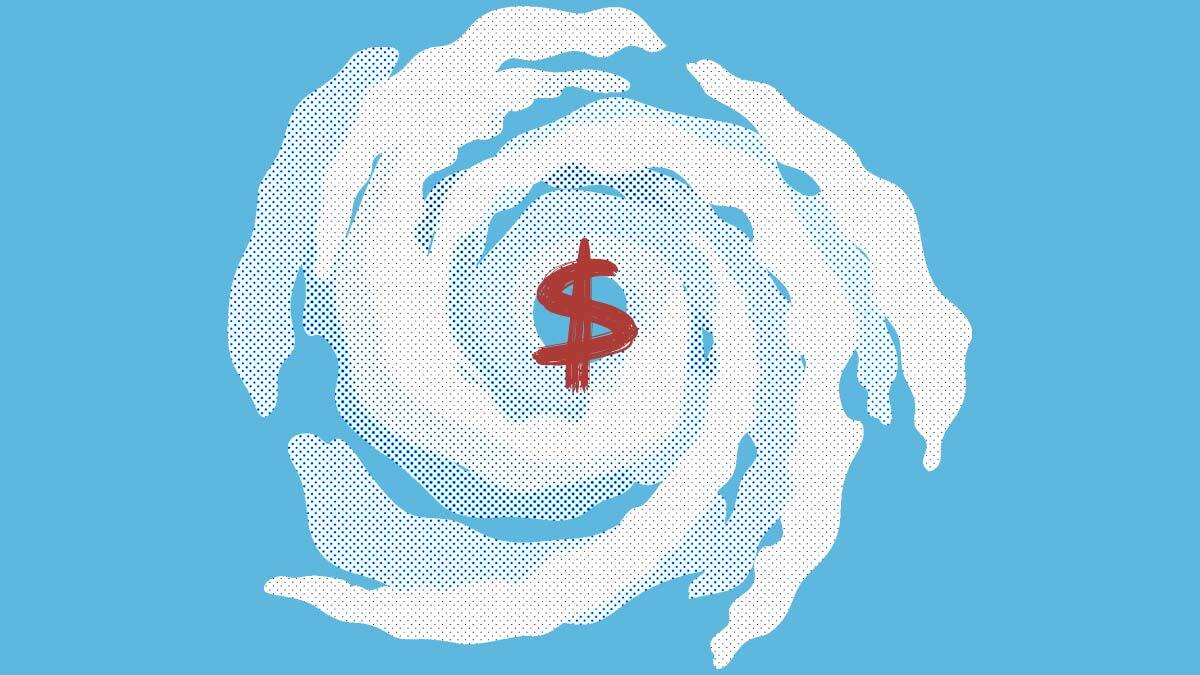Hurricane season has arrived, and residents of Florida and other Southeast states are beginning to deal with the damage wrought after Hurricane Helene made landfall on Thursday.
Helene was a Category 4 storm with winds speeds of up to 140 mph when it hit the Big Bend area of Florida’s panhandle, near Tallahassee, on Thursday night. But it quickly weakened and was downgraded to a tropical storm.
At approximately 10:30 a.m. Eastern time Friday, it was centered in northeast Georgia, near the border with South Carolina, and had sustained winds of 45 mph, according to the National Hurricane Center. Florida Gov. Ron DeSantis has declared a state of emergency for 41 of the state’s 67 counties.
According to The Associated Press, Georgia Gov. Brian Kemp said that at least 11 people were killed in the state, with dozens more trapped in their homes. At least six other deaths were reported in Florida, North Carolina and South Carolina.
While the full extent of damage from Helene is not yet known, it will be significant. CoreLogic estimated that 25,000 homes along the Florida Gulf Coast were at risk of flooding, with the potential financial losses reaching up to $5.6 billion. And Moody’s estimated that 162,000 commercial properties, with a combined value of $425 billion, were at significant risk of wind damage.
The storm comes at a time when Florida homeowners are already dealing with rising insurance premiums and even the potential loss of coverage as insurers face heavy financial losses and closures.
A report released earlier this year by S&P Global found that homeowners insurance rates in Florida rose by 43% from 2018 to 2023. The average homeowner in the state was paying nearly $6,000 per year to insure their property, according to the Insurance Information Institute, more than triple the national average.
Mark Friedlander of the Insurance Information Institute told Newsweek that despite the high costs of recovery, he expects claims related to Helene to be paid out as insurers “have adequate levels of reinsurance to handle large loss events like a hurricane.” He added that recent legislative reforms in the state have put insurers in a better financial position.
Florida lawmakers added to previous reforms earlier this year. One bill aims to reduce property insurance premiums by $500 million statewide by ending some taxes and fees that homeowners pay on their policies. Another allocated $200 million for grants to pay for home reinforcement projects and subsequent reductions in premiums, with priority given to low-income and senior households. And a third created a pilot program for condominium associations to apply for mitigation grants.
An article published Friday by The Wall Street Journal noted that home insurance expenses have been influenced by patterns in population growth. Much of this growth has happened in areas of country most susceptible to a range of natural disasters, including hurricanes, tornadoes, floods and wildfires. The three-fastest growing states during the year ending in July 2023 were South Carolina, Florida and Texas, according to the U.S. Census Bureau.

